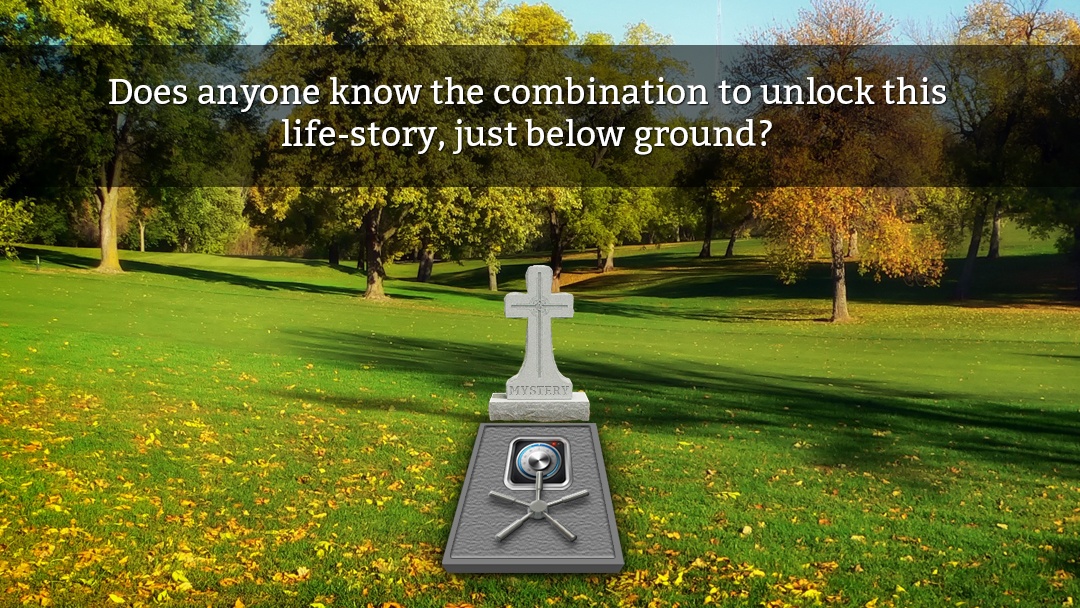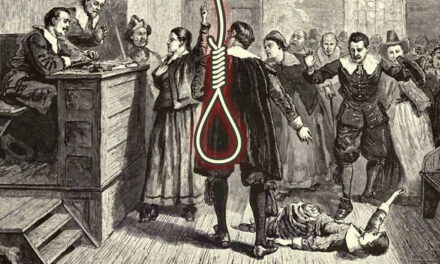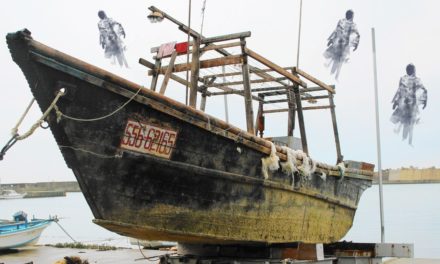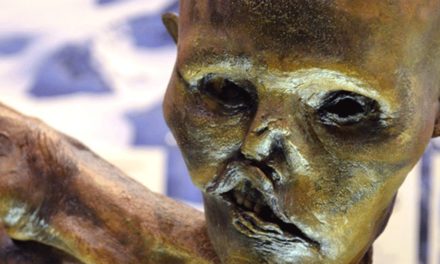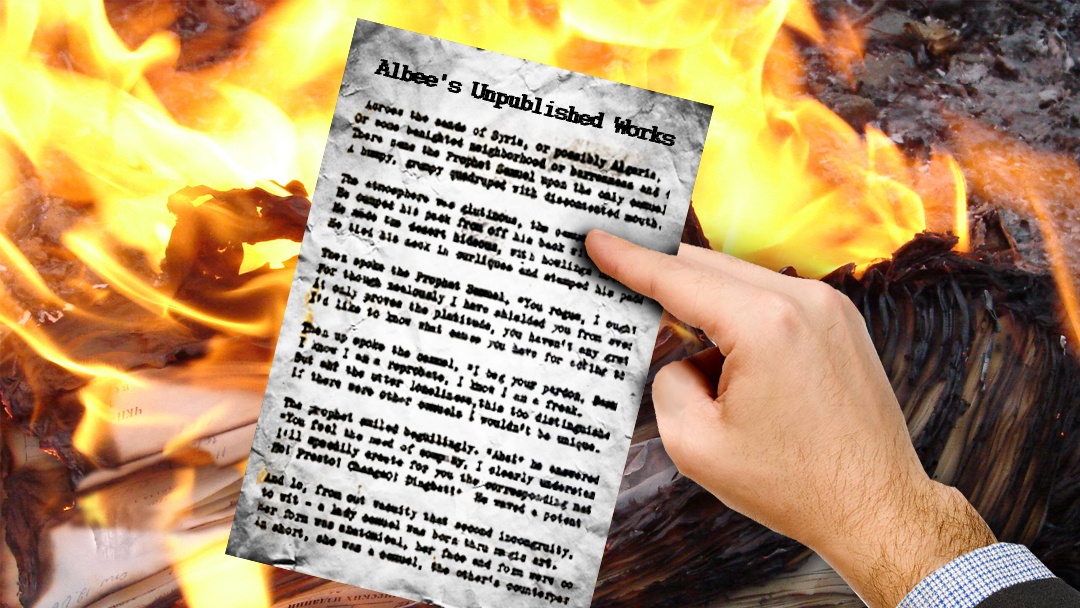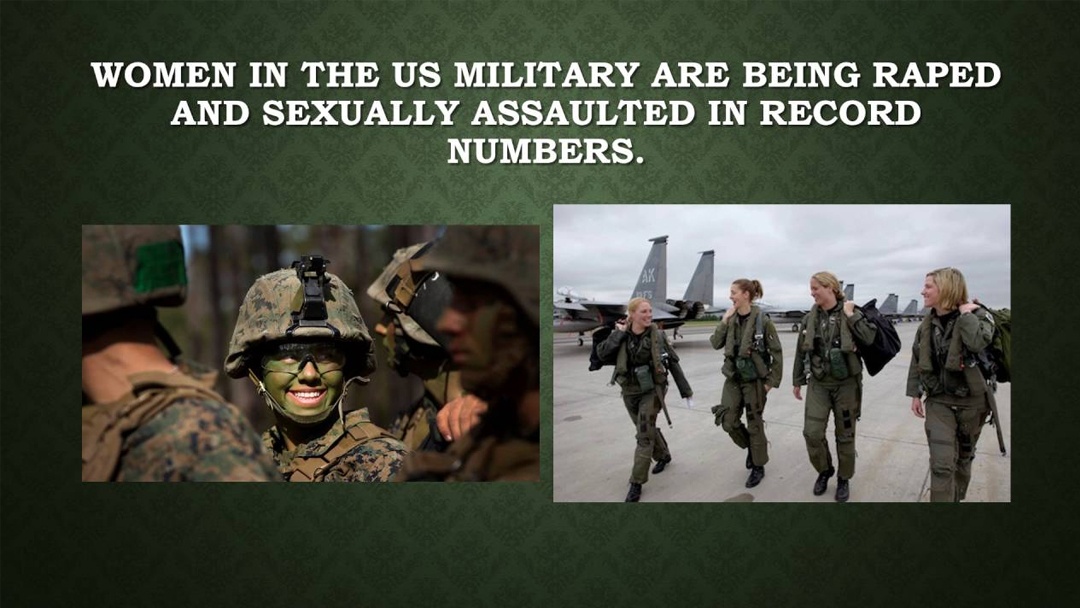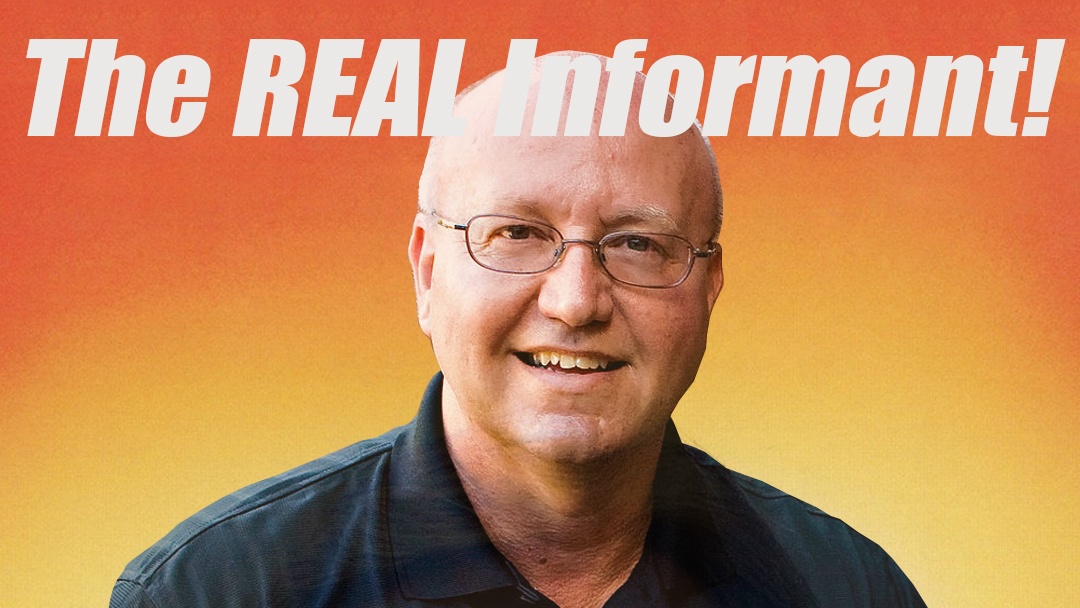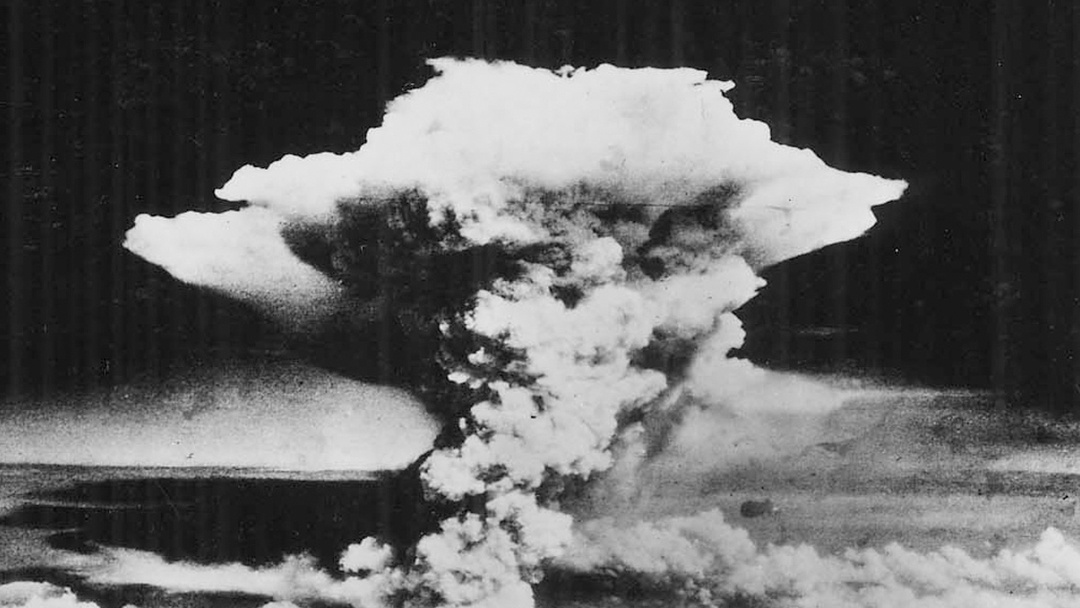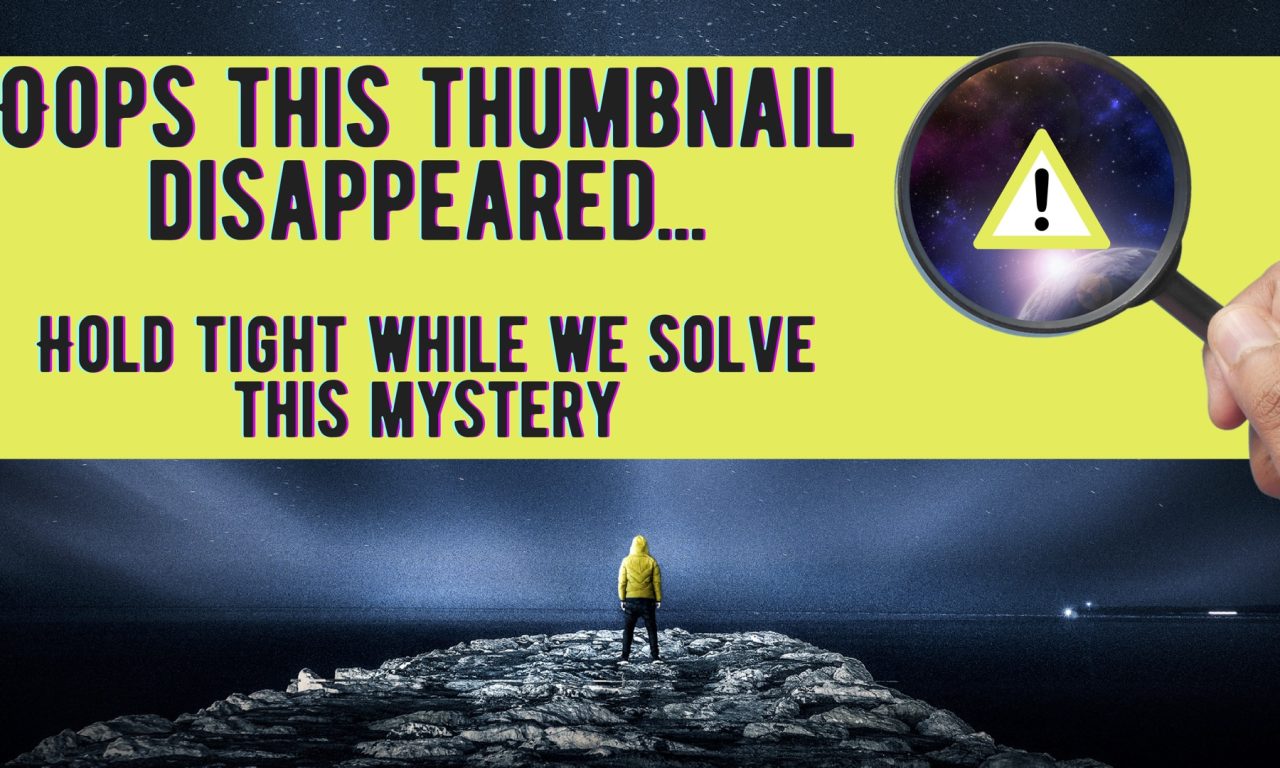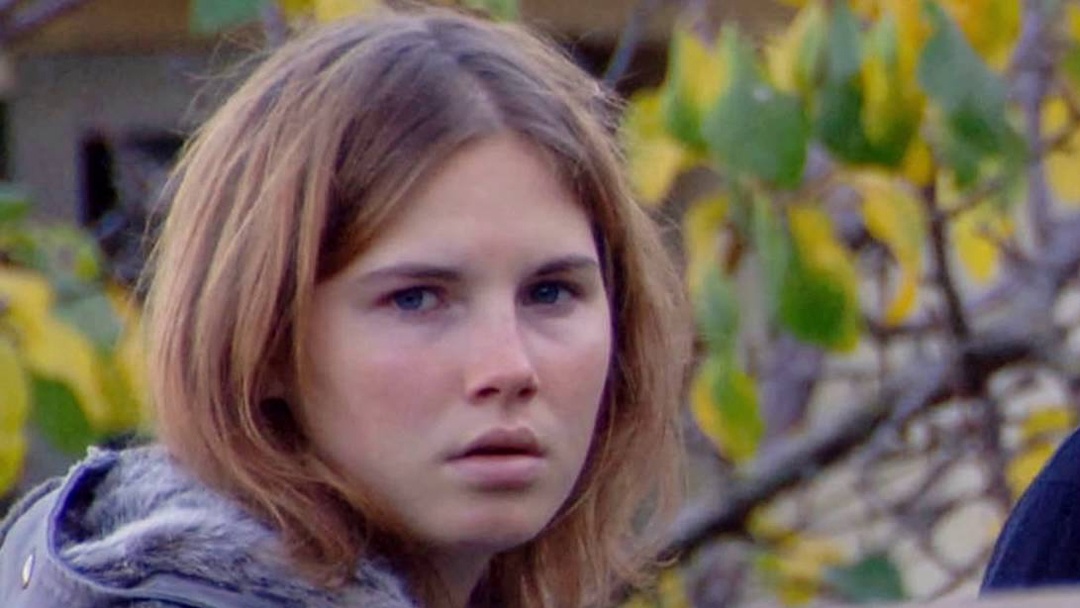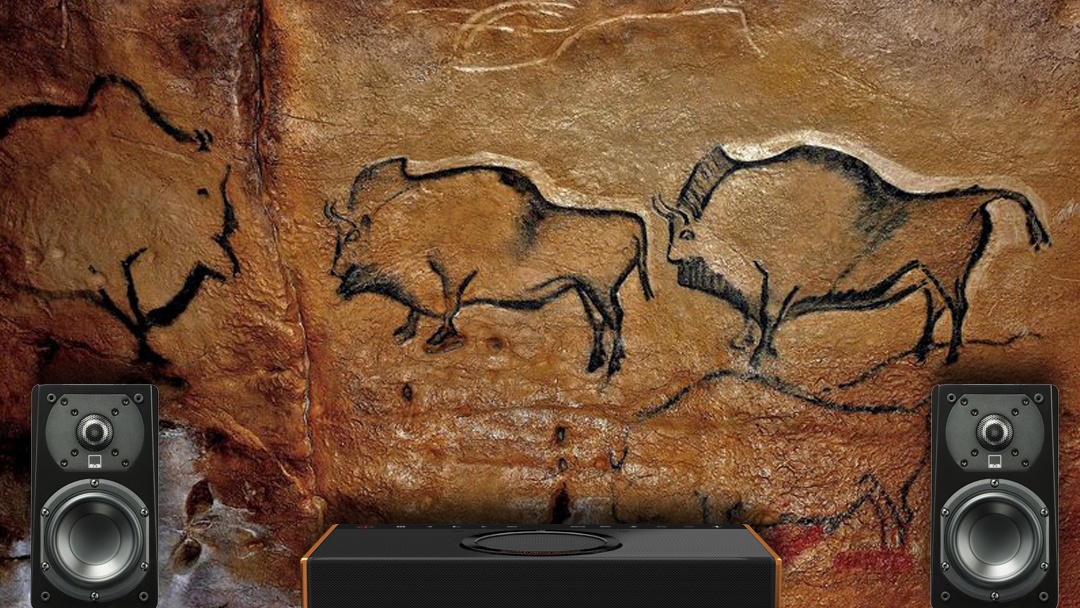A local Ohio paper ran a small article in late June of 2017 that began with a bang: “No one knows how many bodies may lie beneath Schneider Park in West Akron.” That would catch the attention of the dead themselves.
Besides being the kind of lead they teach as effective journalism, it also sums up the reality. Now a city-owned park, over a century ago it was the most informal of graveyards, a dumping ground for those who couldn’t afford a proper burial.
Institutions such as a the town “infirmary” were near by, where the feeble-bodied and feeble-minded were warehoused on their last stop in life’s journey. They and others from sad walks of life found their way to eternity, just under the earth, surely hundreds of them but a precise number is elusive. Headstones and markers were niceties not much used, and record keeping by our standards today could fairly be called lax.
An archaeology professor had his students survey the park this summer—technologies to estimate gravesites but not digging and disturbing bones. Their report will try to shed light on the use of the land over time, and the number of graves.
Should they be followed by a team of “mystery analysts,” sleuths who will go beyond facts and numbers and try to unearth the human stories, every bit as compelling as unearthed bones?
Most of the deaths were probably legitimate, unavoidable. The humble, anonymous burials were matters not of scandal but of the times themselves and the poverty of industrial workers.
But if someone had deaths to cover up, bodies to hide, where better than amidst a thousand other nameless, silent bones? What would some of the dead tell you, beg you to understand, if they could speak across time?
All the dead, in fact, would have a story to tell. To die without friends or means is not to die without a history. Perhaps these are lives that can be traced, stories we can someday know.
